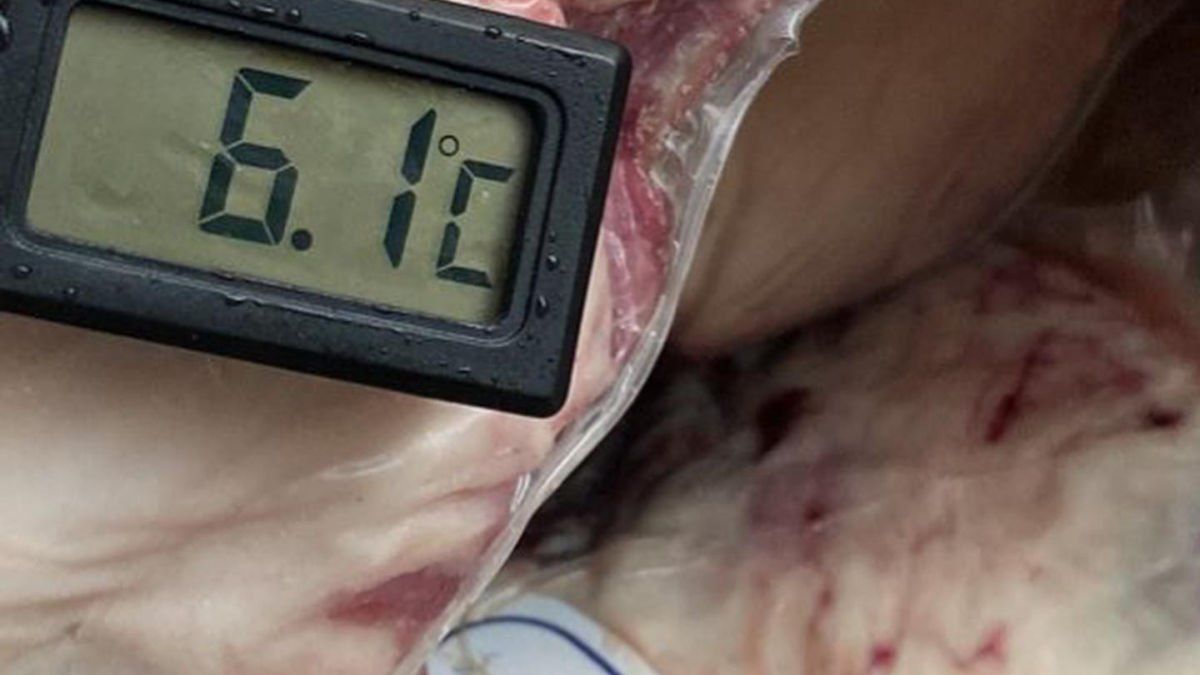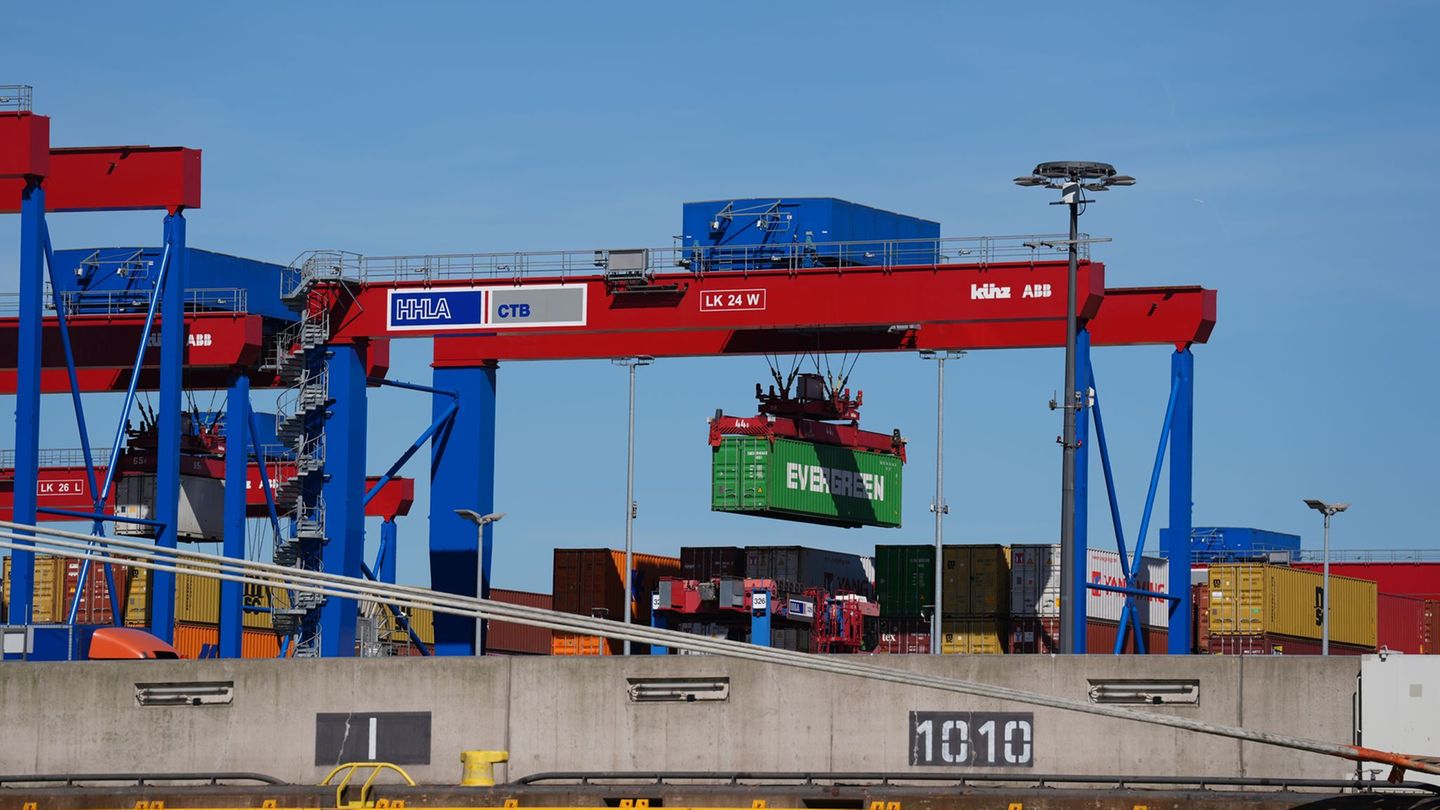In this regard, he pointed out that from the Senasa “We have been updating the information fortnightly and of the plants that do slaughtering and carry out federal transit, 80% already comply and the remaining 20% is adapting its facilities“.
The measure, which was announced in April last year jointly by the then Ministries of Agriculture, Livestock and Fisheries, Productive Development and Labor, includes the marketing of meat at the wholesale level in quarters or pieces of no more than 32 kilosputting an end to the trade of the half beef.
“On the other hand, this week we have been informed from Agriculture that those who still cannot cut will be able to send the half carcass to other establishments that cut to be able to market.
Senasa, according to current regulations, covers establishments that sell to the rest of the countrythat is, they do federal Transit, and those who exportwhich are some 160 refrigeratorswhile the rest corresponds to the provincial level.
“We are collaborating with the National Directorate of Agricultural Control of the Ministry of Agriculture, Livestock and Fisheries to adapt the globality of the establishments to comply with the measure and that there are no imbalances,” concluded the director of Senasa.
Nevertheless, some slaughterhouses and beef dealers mainly devoted to internal supplyconsider that at this time it is not possible to implement such a measure and they ask for the use of mechanical means to be able to unload the half carcasses from the trucks.
In fact, on Monday several chambers of the sector will hold a meeting in La Rural to analyze the situation.
However, from the Ministry of Agriculture, Livestock and Fisheries rconfirmed that the measure will enter into force in November and stated that “compliance with the regulations It is mandatory for all federal, provincial and municipal transit slaughterhouses. located within the national territory, without exceptions”.
Despite the criticism of some members of the sector, others find benefits in the measure. The president of Meat Exporters Consortium (ABC), Mario Ravettinomaintained that “the measure is highly positive”, and considered that the marketing of the half carcass is “an archaic and outdated distribution system that only two countries in the world have, which are Paraguay and Argentina. We as an industrial project we cannot continue with the half carcass on our shoulders“.
For Ravettino, “the first beneficiary will be the consumer. Today the half carcass is dragged along the floor of the truck, along the sidewalk, on the walls of the butcher shop with constant cross contamination. We are treating the best meat eater like the worst in the world,” she said.
“In second place, meat will be cheaperbecause by referring the cuts he sells to the butcher, he will be able to offer them at a better price”, while as for the workers, he maintained that will prevent them from “ending up at 45 with irreversible injuriesbecause he is the only one who unloads a hundred half-carcasses per day on his shoulder”.
Source: Ambito
David William is a talented author who has made a name for himself in the world of writing. He is a professional author who writes on a wide range of topics, from general interest to opinion news. David is currently working as a writer at 24 hours worlds where he brings his unique perspective and in-depth research to his articles, making them both informative and engaging.




